Advertisement
Boston's Innovative Playgrounds Exemplify New Kinds Of Play
Resume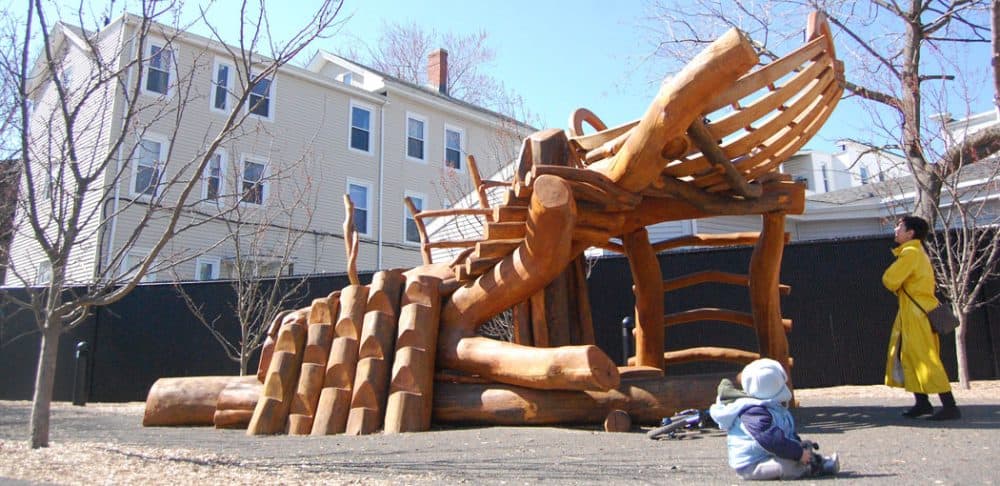
Natural playgrounds — with their wood, water and grass — have less in common with the primary-colored plastics of the 1990s and more in common with the nation's first playgrounds which sprung up in Boston in the 1890s. And child development experts say, in our high calorie, sedentary, safety-obsessed, device-addicted present, having playgrounds that harken back to healthier past is a great thing for kids.
Guests
Paige Johnson, playground expert, curator of the Boston Design Museum's upcoming playground design exhibit.
Ruth Graham, ideas contributor at The Boston Globe. She tweets at @publicroad.
More:
The ARTery: Mitch Ryerson Is Carving Out The Future Of Playgrounds
- "The Boston area has become a hotbed for innovation in playground design. And the Kemp Playground—which opened in 2009 with a island adventure theme featuring a dragon-headed sailing ship (Ryerson reconstructed the boat, but didn’t carve the head), huts, slides built into hills, climbing ropes and water troughs—is a national landmark of the new art of public play."
The Boston Globe: How The American Playground Was Born In Boston
- "It has never been easy to be poor and a child. This was no less true in Boston’s North End at the end of the 19th century, when the streets teemed with dangerous traffic and open space could feel practically non-existent. The plight of the neighborhood’s immigrant families touched the city’s philanthropic types, and in 1885, one charitable group decided to offer something of an experiment to the local children: a pile of sand, deposited for the summer in the yard of a chapel on Parmenter Street. Little did any of them know how much it would change the experience of childhood in America."
The Atlantic: The Overprotected Kid
- "It’s still morning, but someone has already started a fire in the tin drum in the corner, perhaps because it’s late fall and wet-cold, or more likely because the kids here love to start fires."
Photos
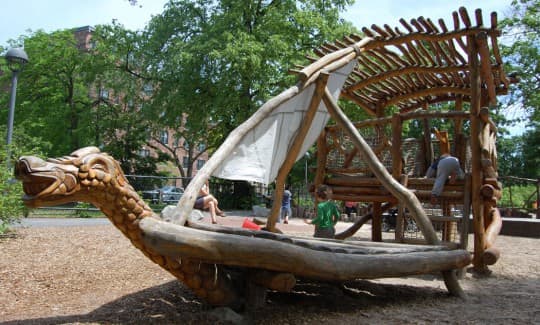
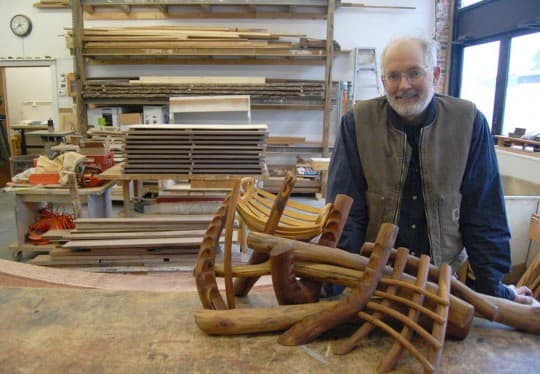
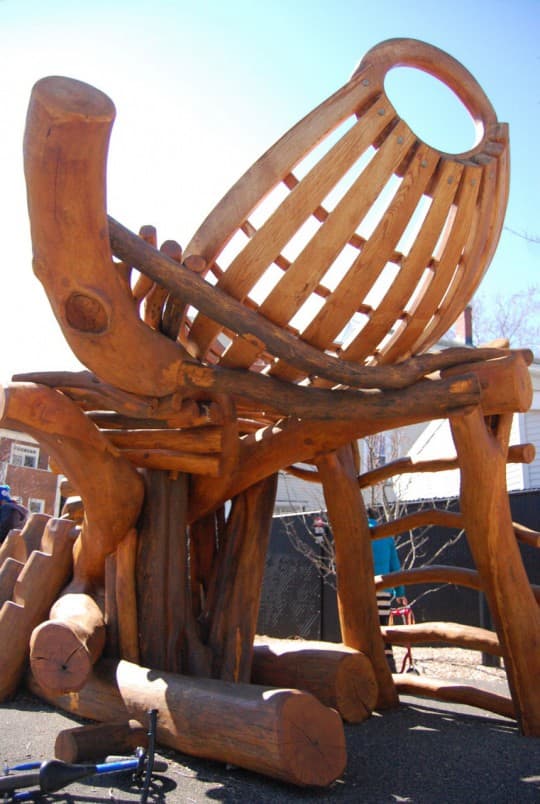
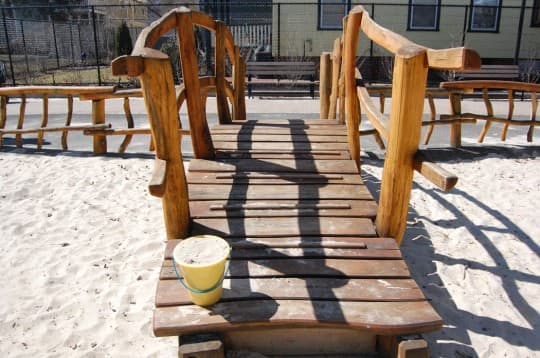
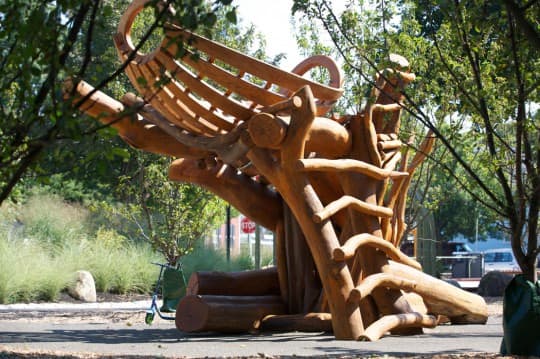
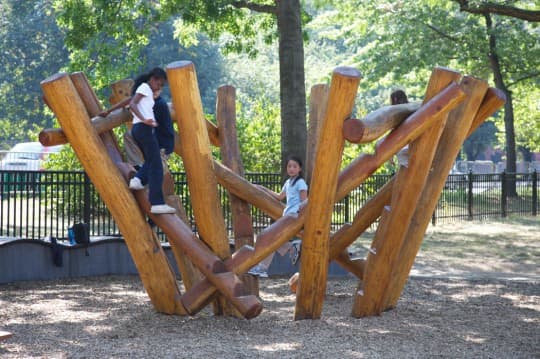
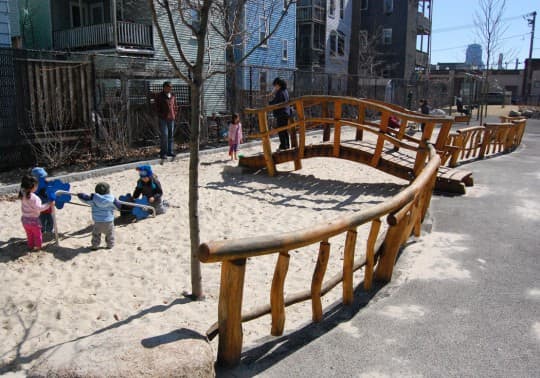
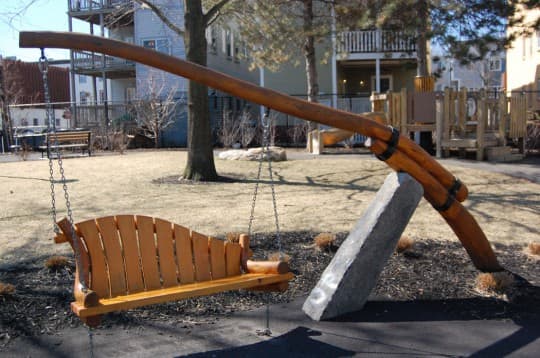

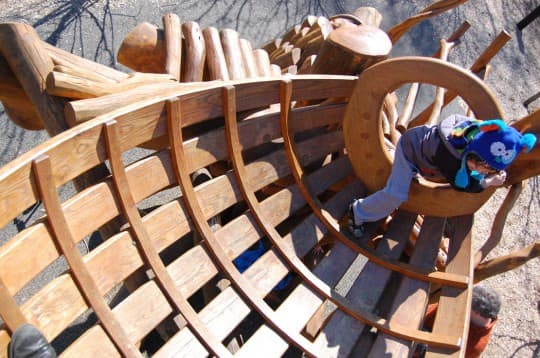
This segment aired on April 10, 2014.